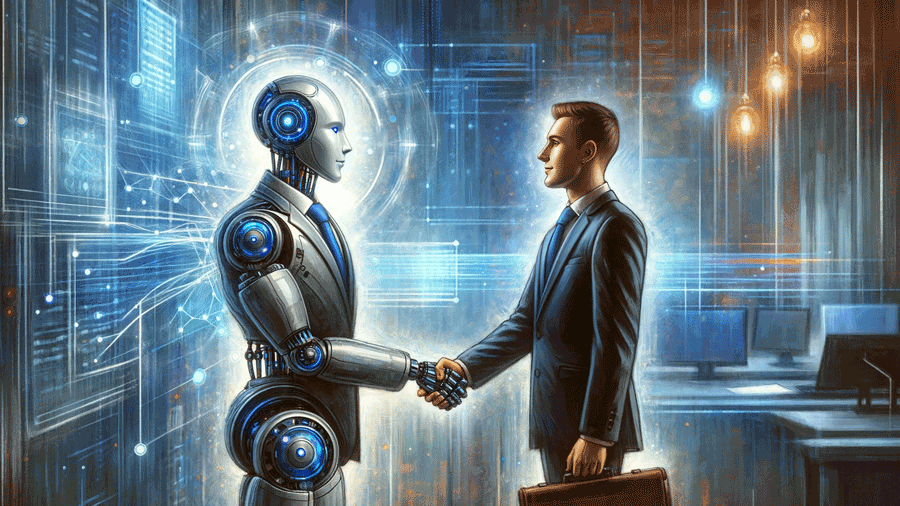The integration of Artificial Intelligence (AI) in various industries has been a topic of intense discussion, and the legal sector is no exception. A recent development that has caught the attention of professionals in this field is the introduction of a new AI tool by Luminance, a UK-based company specializing in AI for the legal profession. This tool is designed to fully automate the process of contract negotiation, promising significant time savings for legal professionals who traditionally spend hours on contract work.
Demonstrations of the tool have shown its capability to handle contract negotiations quickly, even in scenarios where AI systems are pitted against each other. This leads to an essential question: Is AI capable of replacing the routine, labor-intensive tasks in the legal field?
AI’s role in various industries has been expanding, particularly in automating mundane tasks. The legal sector appears to be the next in line for this technological advancement.
The Balancing Act: AI and Human Expertise
Alastair Brown, the Chief Technology Officer at BrightHR, provides valuable insights into the integration of AI in the workplace. He acknowledges that AI, when implemented correctly, can streamline operations, cut costs, and enhance customer experience. According to Brown, BrightHR’s AI-powered question and answer tool has already made a significant impact, equating to a saving of approximately four million in solicitor fees.
Despite these advancements, Brown emphasizes the importance of human interaction, especially in areas where AI is yet to fully grasp the nuances of human emotions and complex situations. He believes that while AI can handle data-driven tasks efficiently, it cannot yet replace the empathic and nuanced understanding required in high-risk legal scenarios. This perspective aligns with findings from a study by The Conversation, which suggests a preference for decision-making processes involving both human and AI contributions.
Brown also highlights recent incidents that raise concerns about the reliability of AI in legal matters. For instance, a New York lawyer faced issues when AI-generated legal research included fabricated cases. Similarly, a rapper from the hip hop group Fugees experienced setbacks in a legal case due to incorrect AI-generated references. These examples underscore the complexities and potential pitfalls of relying solely on AI.
Accountability and Bias in AI
The question of accountability in AI-driven decisions is another critical issue Brown addresses. When humans make errors, accountability is typically straightforward. However, when AI is involved, determining responsibility becomes more complex. This uncertainty further reinforces the need for a combined approach of AI and human judgment.
Bias is another challenge. Although humans have their own implicit biases, AI systems have been found to exhibit stronger racial and gender biases. This is primarily due to AI being trained on data that may be incomplete or inherently biased. While AI can provide quick advice and information, it lacks the capacity for human-like consideration and interpretation.
The Future of AI in Legal Roles
Brown concludes that the evolution of AI in the legal sector does not necessarily mean the replacement of human roles with machines. Instead, it signifies a transformation of these roles, akin to how machines altered the landscape of manufacturing. The future likely holds a blend of AI and human management, ensuring efficiency, accuracy, and the human touch where necessary.
In summary, while AI continues to revolutionize various aspects of the legal profession, its integration must be balanced with human expertise. The combination of AI’s efficiency and human judgment appears to be the most effective approach for the foreseeable future.






